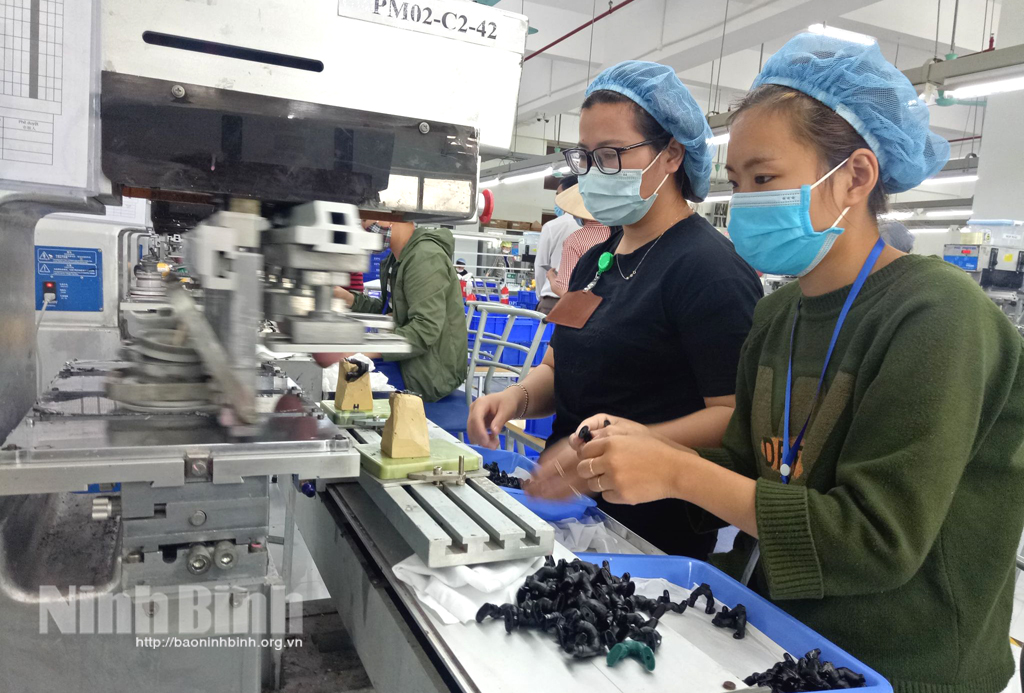Ninh Binh overcomes difficulties to ensure social security

Provincial authorities have paid due attention to providing social assistance for the poor, the disadvantaged and social policy beneficiaries.
Currently, the number of people receiving monthly social allowances increased from 2,758 people in 1996 to more than 47,000 people in 2021.
Ninh Binh has subsidised 100 percent of health insurance premiums for poor and near-poor people and elderly persons aged 75 and older; managed and cared for nearly 500 homeless people, disadvantaged children in social protection centers across the province.
Provincial authorities have also promptly provided unscheduled social assistance for people affected by natural disasters as regulations.
Poverty reduction efforts have been effectively implemented. The rate of poor households rapidly decreased from 30 percent in 1995 (according to the unidimensional poverty standard) to 3.07 percent in 2021 (according to the poverty standard for the period of 2022-2025).
In 2010, Ninh Binh has successfully wiped out cottages, wrecked houses for social policy beneficiaries, poor households in the province. Around 2,660 houses were built or repaired with a total of more than 62 billion VND; 3,253 revolutionary contributors were provided with money to build and repaire their houses in the period of 2015-2020 to the tune of over 120 billion VND.
Ninh Binh's achievements in house building for the poor and disadvantaged people are highly appreciated by the central government.
It has actively mobilised social resources to support and assist poor and disadvantage people. Many companies and funds, namely Thien Tam Fund, Xuan Thanh Group, Xuan Truong Construction Company, The Vissai Cement Company have donated billions of VND to the province's social welfare activities each year.
In particularly, the province has paid heed to ensuring sustainable poverty reduction and raising living standards for local people by providing vocational training and creating jobs for labourers.
Numerous policies and mechanisms related to vocational training and job creation have been issued.
In 1992, over 8.200 people were provided with jobs and the figure rose to more than 20,500 each year in the 2015 - 2020 period, of whom over 1,250 were sent to work abroad.
The development of traditional craft villages has provided job opportunities for rural labourers, contributing to improving the quality of local people's lives and speeding up the shift of labour structure from agriculture to non-agriculture, from low to high productivity industries.
Translated by Nguyen Thuy


